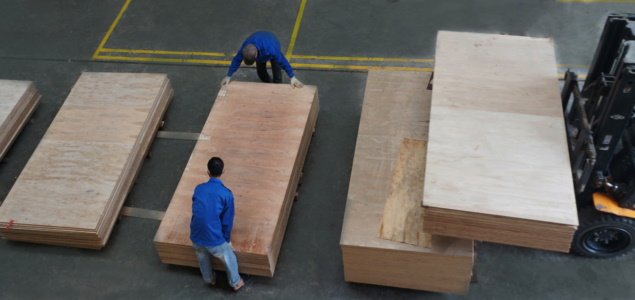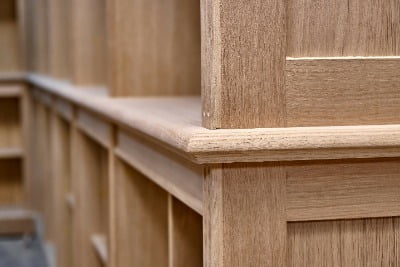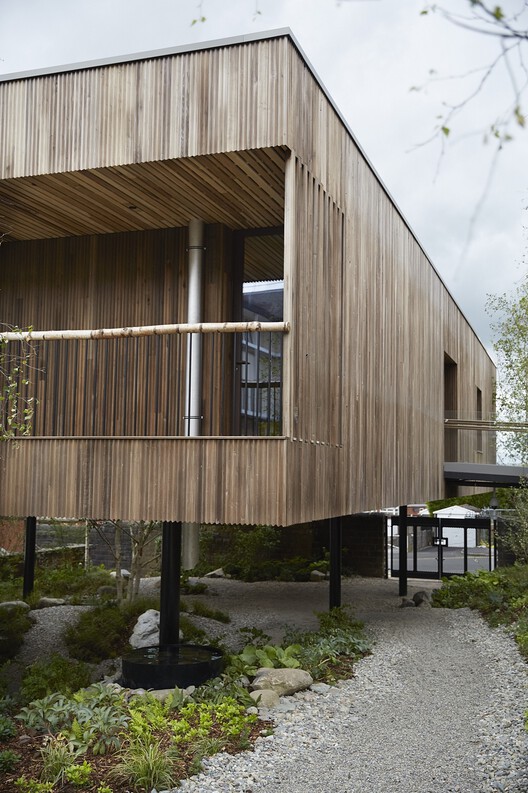In October, new home construction experienced an unexpected increase in response to the ongoing shortage in the resale market, highlighting a broader demand for additional housing units. Builders, despite recent challenges in the housing market, are recognizing the structural shortage of housing and may increase construction efforts in the coming months.
The commencement of new home construction experienced a 1.9% rise in October, driven by increased efforts from builders responding to the urgent demand for additional housing units, given the ongoing shortage in the resale market.
Housing starts increased to an annual pace of 1.37 million from 1.35 million in October. This figure represents the number of houses that would be constructed over a year if the same monthly pace observed in October were maintained. The data surpassed Wall Street expectations, where the anticipated rate was 1.35 million.

Stephen Stanley, Chief U.S. Economist at Santander US Capital Markets, noted that builders, despite the recent weakening in demand for homes over the past 18 months due to rising mortgage rates and home prices, are generally looking beyond the near-term and are well aware of the structural shortage of housing in the U.S.
As interest rates decline, there is a potential for a rebound in buyer demand. Considering that builders are one of the few entities contributing to the increase in housing stock, they might increase construction starts in the upcoming months, unless significant weather events occur. In the Midwest and West, home builders notably increased the construction of single-family homes, with a 12% rise in both regions. Conversely, the Northeast experienced the most significant decline in housing starts, dropping by 14.5%.
In October, the rate of housing starts in Canada showed an increase. According to the Canadian Mortgage and Housing Corporation, the seasonally adjusted annual rate reached 274,681, marking a 1% rise from September’s 270,669. This uptick was driven by a 2% increase in the pace of urban housing starts, reaching 257,357 units. Multi-unit urban starts were up by 1% at 209,887, while single-detached urban starts saw a notable 9% increase, reaching 47,470.

Source: Fordaq.com




